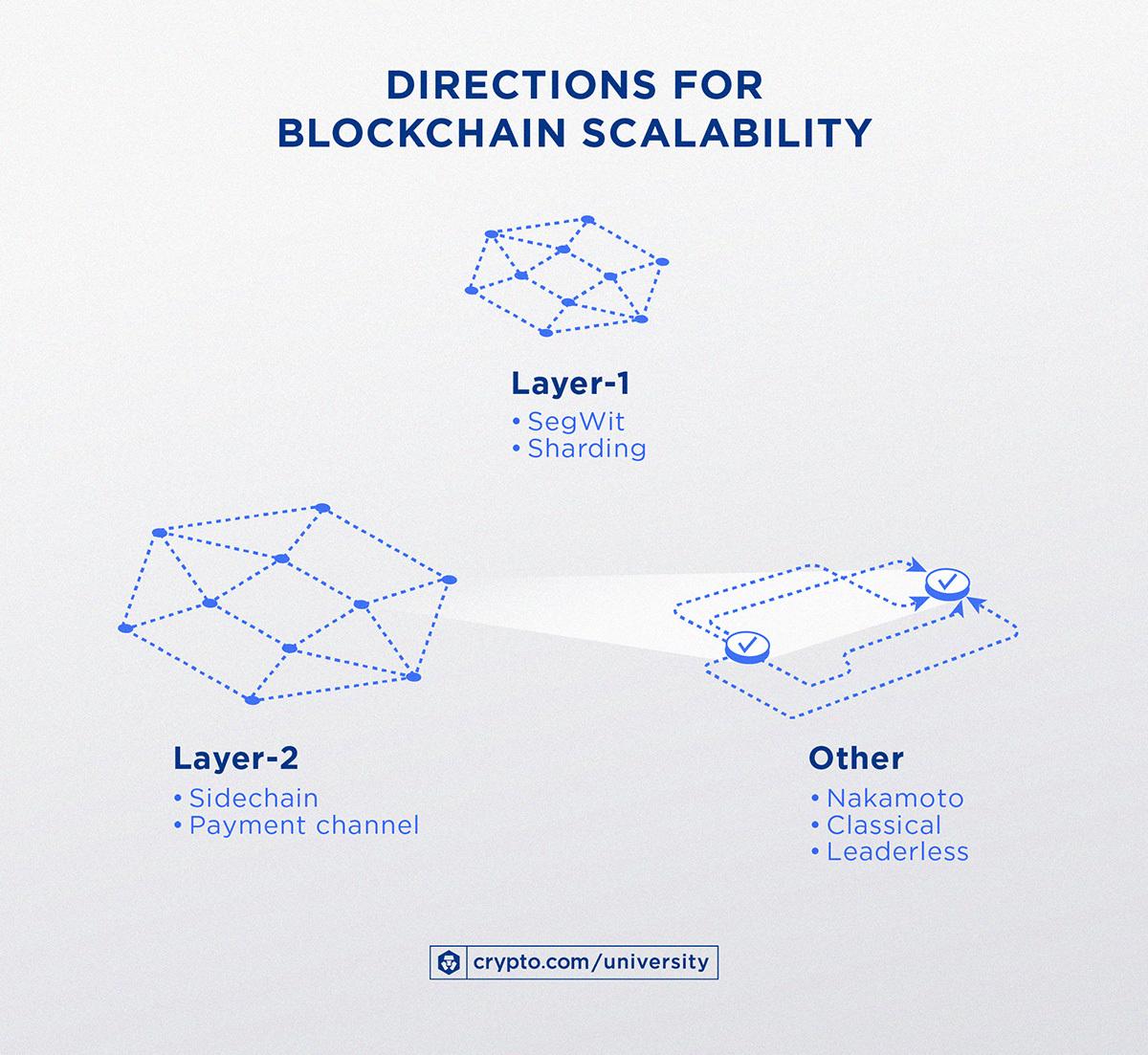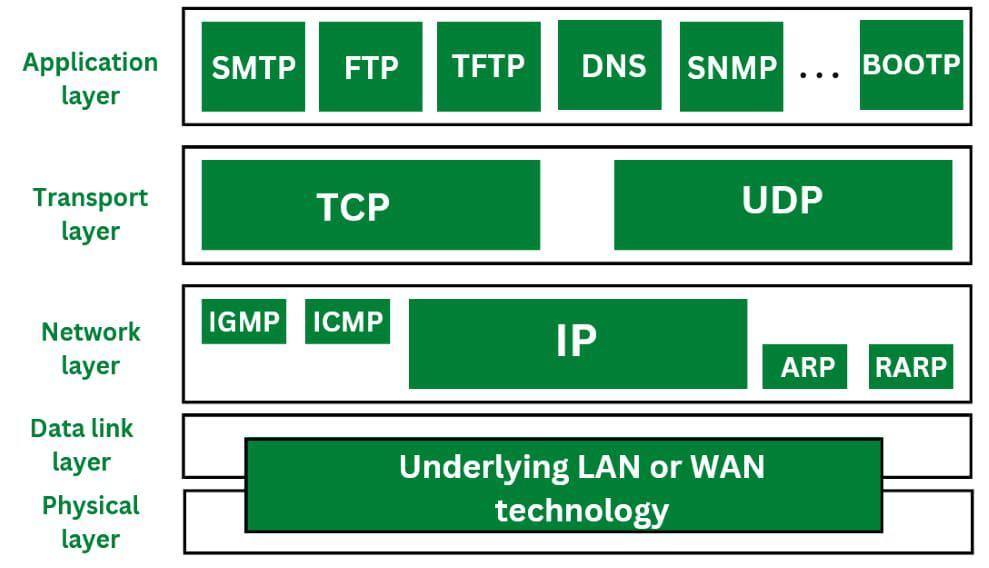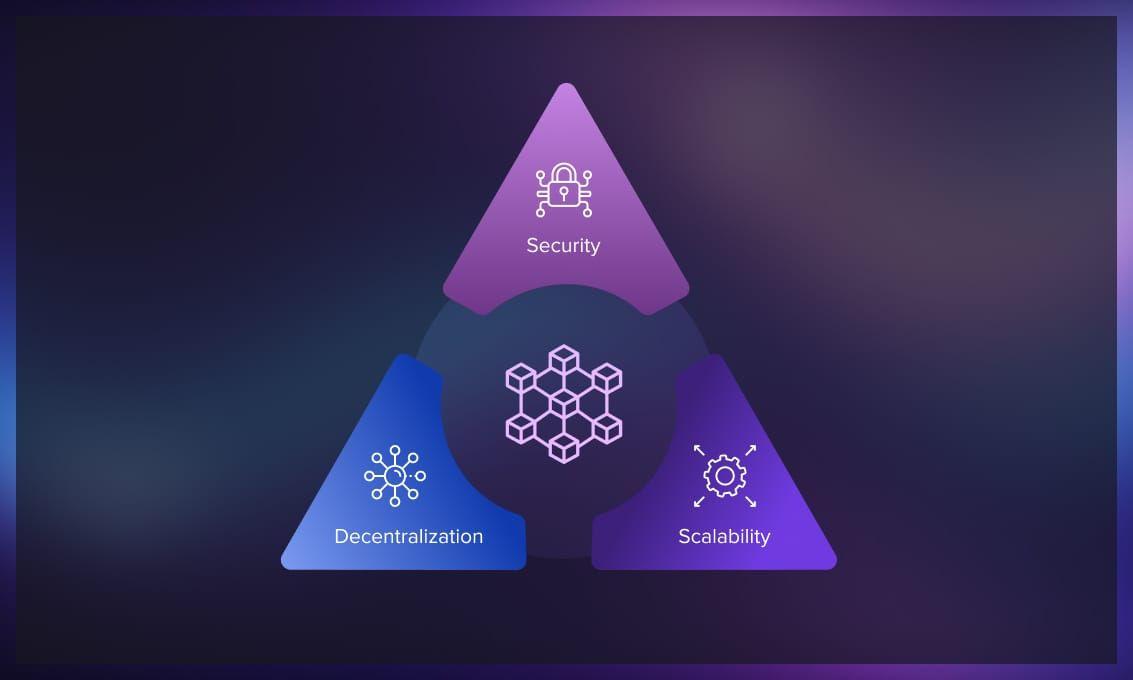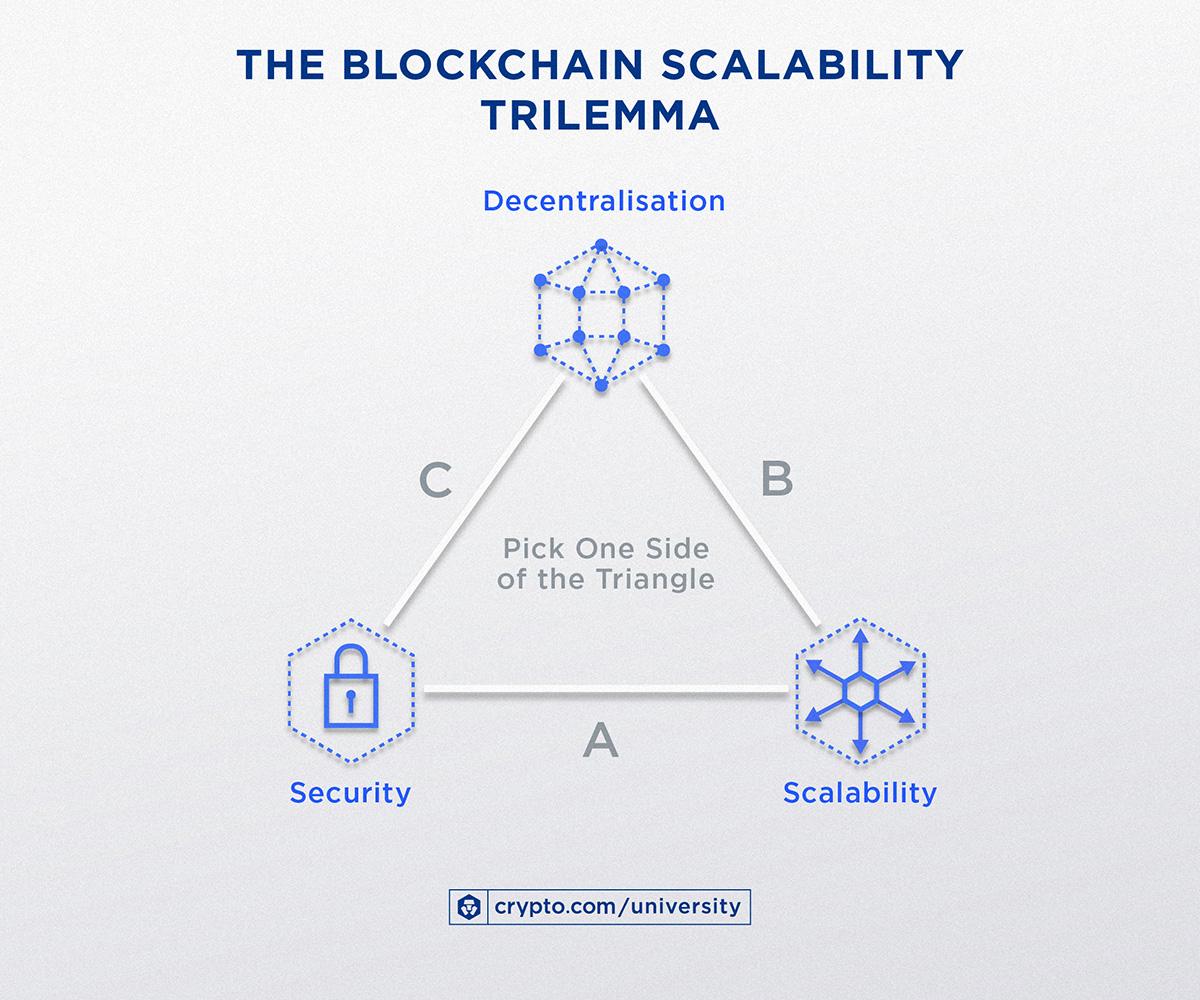In an era where digital transformation reigns supreme, the promise of blockchain technology stands out as a beacon of innovation, heralding a new age of transparency, security, and decentralization. Yet, as the enthusiasm surrounding this technology grows, so too do the complexities associated with its implementation. Among these complexities, scalability emerges as a critical challenge that could define the future of blockchain. How can we ensure that these decentralized systems keep pace with ever-increasing user demands, all while maintaining the integrity that made them revolutionary? In “Unlocking the Future: Navigating Blockchain Scalability Challenges,” we delve into the intricacies of scalability, examining the hurdles that currently hinder blockchain’s widespread adoption and exploring the ingenious solutions being proposed to overcome them. Join us on this exploration as we seek not only to understand the challenges but also to envision a path toward a more scalable, sustainable blockchain landscape.
Exploring the Bottlenecks: Understanding the Current State of Blockchain Scalability
As blockchain technology continues to gain traction across various industries, scalability remains a critical challenge that must be addressed to fully realize its potential. Current architectures often struggle to handle large transaction volumes efficiently, leading to increased fees and delayed processing times. This bottleneck not only hampers user experience but also undermines the foundational principle of decentralization by compelling users to rely on intermediary solutions. Some key factors contributing to this issue include:
- Block Size Limitations: Constraints on block sizes can limit transaction throughput.
- Consensus Mechanism Inefficiencies: Traditional consensus algorithms may become slower as the network expands.
- Network Congestion: High-demand periods lead to inflated gas fees and transaction backlogs.
Innovative solutions are in development, aiming to alleviate these pressures. Approaches such as sharding, layer-2 scaling solutions, and off-chain transactions are garnering attention for their potential to enhance scalability. For instance, sharding divides the blockchain into smaller partitions, allowing for parallel processing of transactions, while layer-2 solutions enable off-chain transactions that settle back on the main chain, reducing congestion. The table below outlines some of the prominent solutions being explored:
| Scaling Solution | Advantages |
|---|---|
| Sharding | Improves transaction throughput by parallel processing. |
| Layer-2 Solutions | Reduces main-chain congestion and lowers fees. |
| Off-Chain Transactions | Enhances speed and efficiency for small transactions. |

Innovative Solutions: Emerging Technologies Addressing Scalability Issues
As the demand for blockchain technology continues to escalate, so does the urgency to address scalability issues that limit its adoption. Layer-2 solutions are gaining traction, allowing transactions to be processed off the main blockchain, thereby reducing congestion. Among these, Plasma and Rollups stand out as pioneering methodologies. Plasma works by creating child chains that operate independently, periodically anchoring to the main chain, while Rollups aggregate multiple transactions into a single proof that settles on the main blockchain. The blend of efficiency and security in these solutions provides a promising pathway for enhancing transaction throughput without compromising decentralization.
Another innovative approach is leveraging sharding, a method that divides the blockchain into smaller, manageable pieces or “shards,” each handling a portion of the network’s data and transactions. By enabling concurrent processing, sharding significantly boosts the network’s capacity. In addition to sharding, the integration of Interoperability Protocols encourages different blockchain networks to communicate and share resources, thus creating a more cohesive ecosystem. To further illustrate these advancements, consider the following table detailing prominent technologies and their attributes:
| Technology | Key Feature | Scalability Improvement |
|---|---|---|
| Layer-2 Solutions | Off-chain transactions | Increased throughput with lower fees |
| Sharding | Data partitioning | Parallel transaction processing |
| Interoperability Protocols | Network communication | Resource sharing and collective scalability |

The Role of Layer Two Protocols: Enhancing Throughput and Reducing Costs
Layer Two protocols serve as a vital evolution in blockchain technology, addressing the urgent need for scalability while maintaining the core benefits of decentralized networks. By building upon the existing Layer One networks, these solutions introduce enhanced transaction throughput and significantly lower costs. They achieve this through various mechanisms, such as state channels, sidechains, and plasma frameworks, which allow for a higher volume of transactions to occur off the main chain. This shift not only alleviates congestion on main networks but also enhances user experience, as transactions can be confirmed almost instantaneously.
Developers and organizations are increasingly turning to Layer Two solutions as a means to unlock blockchain’s full potential. The integration of these protocols can lead to a transformative landscape for applications, particularly in sectors like finance and gaming, where microtransactions are prevalent. The overall advantages include:
- Lower transaction fees: By conducting transactions off the main chain, costs are reduced significantly.
- Faster transaction speeds: Transactions can be settled in near real-time, improving user engagement.
- Scalability: The capability to handle a vast number of transactions simultaneously addresses the limitations of Layer One networks.
To illustrate the impact of Layer Two solutions on transaction efficiency and cost-effectiveness, consider the following table:
| Feature | Layer One | Layer Two |
|---|---|---|
| Transaction Speed | 10 minutes | Instantaneous |
| Average Transaction Cost | $2.50 | $0.01 |
| Scalability | Limited (e.g., ~7 TPS) | Potentially thousands TPS |

Strategies for Adoption: Best Practices for Leveraging Scalable Blockchain Solutions
To effectively leverage scalable blockchain solutions, organizations should prioritize a comprehensive understanding of both their operational requirements and the unique characteristics of different blockchain protocols. This can be achieved through thorough stakeholder assessment, which ensures that all interested parties are engaged and their needs are incorporated into the adoption strategy. Adopting a phased implementation approach can also help organizations manage risks associated with scalability by allowing for gradual adjustments and iterations. Additionally, investing in interoperability solutions can facilitate seamless interaction between various blockchain systems, enhancing flexibility and future-proofing the infrastructure.
Furthermore, organizations should focus on building a robust ecosystem around their blockchain implementation. This can include fostering partnerships with technology providers and collaborating with other entities to share best practices and resources, ultimately enriching the blockchain experience. A dedicated training and support framework is essential to equip staff with the skills necessary to operate and maintain scalable blockchain systems efficiently. By establishing a feedback loop from users, organizations can continuously refine their blockchain strategies and improve overall performance, keeping pace with technological advancements and evolving user expectations.
In Conclusion
As we stand at the intersection of innovation and practicality, the journey towards unlocking blockchain’s full potential remains both thrilling and complex. The scalability challenges we face today are not merely obstacles; they are the stepping stones towards a more efficient, inclusive, and vibrant blockchain ecosystem. As researchers, developers, and entrepreneurs continue to push the boundaries of what is possible, the solutions developed will shape the contours of technology in the years to come.
In navigating these challenges, we must embrace collaboration and foster dialogue across industries, ensuring that the advancements made are not only technically sound but also equitable and sustainable. The road ahead may be uncertain, but with each breakthrough, we draw closer to realizing the vision of a decentralized future that empowers individuals and transforms economies.
Thus, as we conclude our exploration, let us remain committed to innovation and open-mindedness. In doing so, we can unlock a future where the promise of blockchain is fully realized, forging pathways that lead to greater scalability and accessibility for all. The next chapter is ours to write—let’s make it remarkable.



